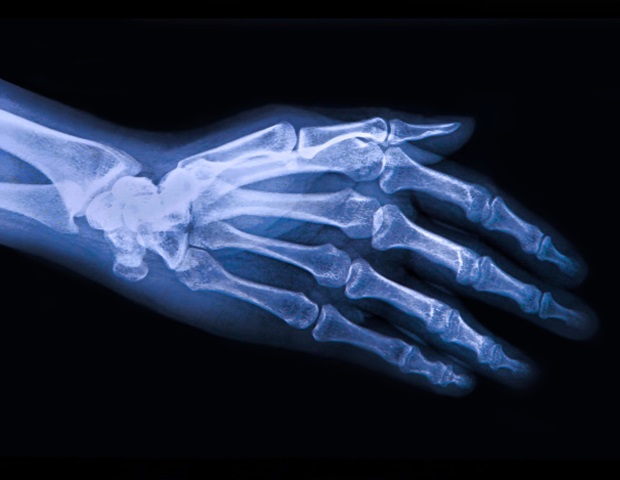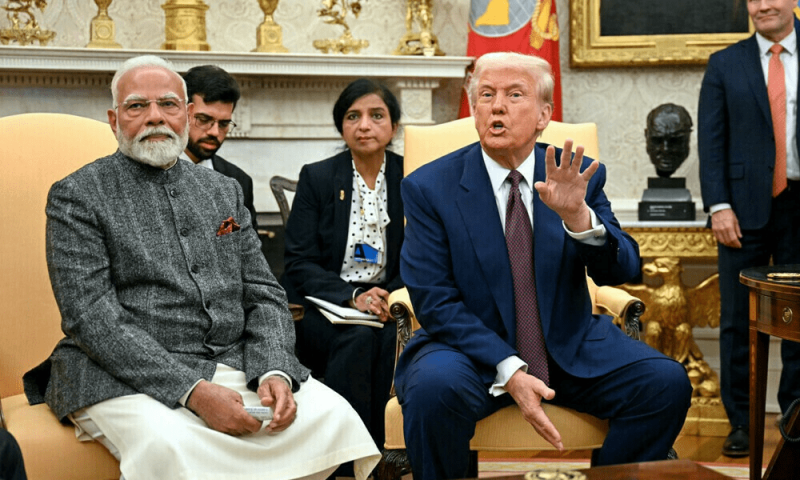Zoë Kravitz almost got a bad reputation as a house guest due to a snake incident at Taylor Swift‘s home.
The actress-director made a recent appearance on Late Night With Seth Meyers, where she recalled nearly losing her mom Lisa Bonet’s pet snake in the pop superstar’s home. Kravitz and her mother were staying at Swift’s house after evacuating their homes due to the Los Angeles wildfires in January.
“She was kind enough to let me stay at her house,” Kravitz said. “My mom lives in Topanga Canyon, so I said, ‘No, that’s a dangerous place to be. Come [here].’ And my mom has a pet snake, and so she has her evacuation stuff; she came over with the snake. We ended up having to stay there for maybe about two weeks, and Taylor has this very beautiful house. I think it’s from the ’30s, like it’s a beautiful house, something you want to preserve and take care of.”
Everything was seemingly going smoothly for the mother-daughter duo, up until Kravitz’s last day in the Grammy-winning singer’s home.
“I was gonna leave. My mom was actually gonna stay longer. I had to leave for work,” she Blink Twice filmmaker recounted. “I was kind of packing up my things, and I was saying to my mom, ‘I really wanna be a good house guest. I like to leave places better than I found them. I don’t want her [Swift] to even know we were here.’ So I was kind of going around and cleaning up, and I’m downstairs and she’s upstairs and my phone rings and it’s my mom.”
“I answered the phone and she goes, ‘Hi!’ And I’m like, ‘Your voice is super high.’ And she’s like, ‘I’m in a little bit of a pickle. Can you come upstairs?’” Kravitz added. Once she got to the upstairs bathroom, that’s when she learned her mom’s pet snake, named Orpheus, “found this little hole in the corner” of the room.
Seth Meyers quipped in response, “But that’s a design flaw. That’s on Taylor. You can’t have a snake hole in your house.”
After jokingly agreeing with the host, Kravitz continued, “So the hole is next to a banquette that is built into the wall that has two drawers at the bottom. My mom, by the way, she’s holding the snake’s tail. … They’re all muscle, they’re very, very strong, so she’s holding the snake’s tail. We don’t know what to do.”
That’s when The Batman star said she “started to panic,” as “the snake is getting further and further” into the hole.
“It’s like that scene in Jurassic Park when they’re in the car and the branches breaking every time they move,” Kravitz explained. “I was panicking so much that my mom likes to say, ‘If I had both hands, I would have slapped you.’”
Thankfully, she said the house manager eventually came up and got a crowbar to “tear apart this banquette” so they could get the snake. “We’re ripping up the tile, we’re scratching the walls,” she recounted.
“We completely destroyed Taylor’s bathroom, and there was just this moment where I was like, either we destroy her bathroom or I have to tell her that there’s a snake somewhere in her house,” Kravitz said, to which Meyers replied, “Both bad options.”
“So we destroyed the bathroom and I said to her house manager, ‘Obviously I’m gonna pay for everything to be fixed. Please just don’t say anything until it’s fixed, so I could just say everything’s fine,’” she continued. “And I remember calling her [Swift] and saying, ‘Hey — also very high voice — I wanted to talk to you about something,’ and she was like, ‘Is it the fact that you almost lost a stake in our house and destroyed my bathroom?’”
Meyers joked, “I feel like that snake’s gonna get like three songs on the next album.”
While songs about Orpheus are probably unlikely, Swift did reveal her 12th studio album on Tuesday, titled The Life of a Showgirl. A release date has yet to be announced.







